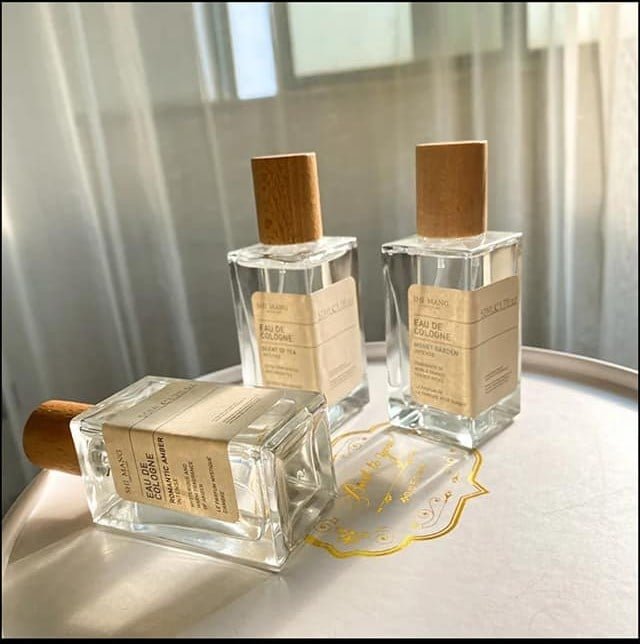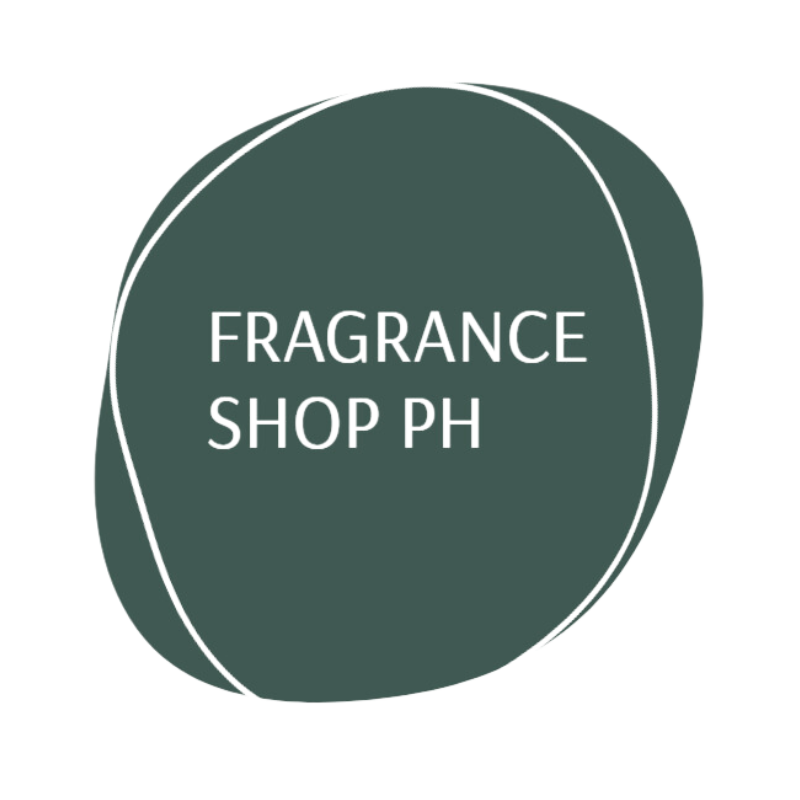In today’s highly competitive fragrance market, branding is everything. With hundreds of scents available online and in stores, consumers don’t just buy perfumes for how they smell—they buy the story, the lifestyle, and the identity that come with it. That’s where rebranding comes in. If you’re a perfume business in the Philippines looking to reposition your brand, this ultimate guide will walk you through everything you need to know about perfume rebranding.
What is Perfume Rebranding?
 Perfume rebranding is the strategic process of changing your perfume brand’s image, identity, and market positioning. This may involve updates to your logo, packaging, scent formulation, messaging, target audience, or even the brand name itself.
Perfume rebranding is the strategic process of changing your perfume brand’s image, identity, and market positioning. This may involve updates to your logo, packaging, scent formulation, messaging, target audience, or even the brand name itself.
Whether you’re reviving an outdated line, reaching a new audience, or bouncing back from a dip in sales, rebranding helps breathe new life into your fragrance business.
Why Rebrand Your Perfume Business in the Philippines?

The Philippine market for perfumes is booming. According to Statista, revenue in the fragrances segment is projected to reach over $250 million by 2025. With more Filipinos engaging in small businesses, rebranding is an effective way to stay ahead.
Here are key reasons why you might consider rebranding:
- Your brand feels outdated
- Your sales are declining
- You’re launching a new product line
- Your current branding doesn’t reflect your vision
- You want to compete with imported or niche perfumes
Rebranding allows you to remain relevant and competitive in an ever-evolving local market.
Key Elements of a Successful Perfume Rebrand
1. Brand Identity Overhaul
Your brand identity includes your logo, brand colors, typeface, and tone of voice. In the Philippines, it’s important to consider cultural trends and local preferences—Filipinos often respond well to brands that feel relatable, elegant, and aspirational.
2. Packaging Redesign
The right packaging can make a huge difference in sales. From elegant glass bottles to eco-friendly refill options, your packaging should reflect your new brand story.
3. Scent Profile Update
Sometimes, the rebranding process includes tweaking or introducing new scent profiles. You might keep your best-sellers but add trendy or seasonal options that match your new image.
4. Target Market Analysis
Define who your new audience is. Are you targeting Gen Z students, working moms, or male professionals? Knowing this helps guide your messaging and product development.
5. Digital Presence Revamp
An updated website, new product photos, SEO-friendly blogs, and a consistent social media presence are vital. This includes internal links to your rebranding services like this one: Perfume Rebranding Services.
Step-by-Step: How to Rebrand Your Perfume Business in the Philippines
Step 1: Audit Your Current Brand
Evaluate what is and isn’t working. Gather feedback from customers, analyze sales data, and review online engagement.
Step 2: Set Clear Goals
Do you want to increase sales, reposition your brand, or enter a new niche? Define measurable objectives.
Step 3: Develop a New Brand Strategy
This includes choosing a new brand name (if needed), logo, tagline, and brand messaging.
Step 4: Update Your Product Packaging
Work with local designers and packaging suppliers to create designs that resonate with your target market.
Step 5: Redefine Your Scent Line-Up
Identify which scents to keep, retire, or improve. Collaborate with local or international perfumers if you want unique formulations.
Step 6: Launch Your New Brand
Create a marketing launch plan. Offer rebrand-exclusive promotions and share your rebranding story on your platforms.
Step 7: Promote Through Local Channels
Maximize visibility by collaborating with influencers, running Facebook ads, or getting featured in Filipino lifestyle blogs.
Common Rebranding Mistakes to Avoid
- Inconsistent messaging
- Not informing loyal customers properly
- Rushing the rollout
- Over-complicating the design
- Failing to research competitors and trends
Take the time to execute your rebranding well, as poor implementation can confuse or alienate existing customers.
Real Success Stories in the Philippine Perfume Market
- Homegrown Labels Turned Premium Brands Several local perfume startups have successfully repositioned from “budget” to “luxury” status just by improving branding, packaging, and storytelling.
- TikTok Rebrands Brands that embraced Filipino Gen Z humor and trends saw viral success on TikTok, leading to increased sales.
- Influencer-Driven Transformations Some Filipino perfumers rebranded and partnered with local celebrities, gaining mainstream recognition.
How FragranceShop.ph Can Help
At FragranceShop.ph, we specialize in helping Filipino entrepreneurs rebrand their perfumes with high-quality packaging, bulk fragrance oils, and custom branding support.
Our services include:
- Custom logo and bottle design
- Scent development
- Label printing
- Bottle sourcing
- Private label packaging
We are committed to making your rebranding journey smooth, stylish, and successful.
Final Thoughts
Perfume rebranding in the Philippines is more than just a marketing trend—it’s a smart business move in a growing industry. Whether you’re reinventing an old brand or launching something fresh, the key is staying true to your new identity while delivering value to your customers.
By taking a strategic approach and working with local experts like FragranceShop.ph, your brand can thrive in the highly competitive world of fragrances.
Ready to rebrand? Explore our full Perfume Rebranding Services here.

